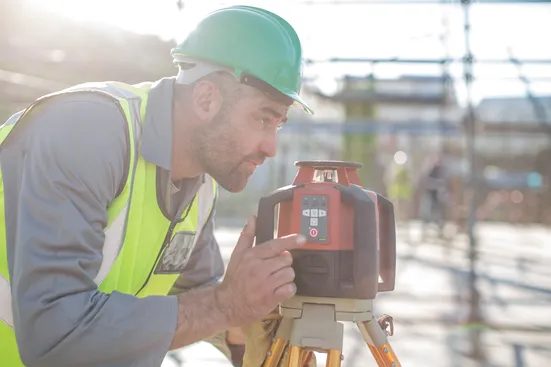Utility surveys are crucial in examining and enhancing infrastructure, guaranteeing the efficient delivery of essential services. They include underground gas, cables, and CCTV pipe inspections. Yet, performing these surveys can have various difficulties influencing data accuracy and project outcomes.
Here are some of the common challenges and strategies you can implement to overcome them:
Inaccurate Information
One widespread obstacle is presenting inaccurate utility information, frequently due to outdated records or insufficient data. Surveyors should work with utility companies to address this issue so they can access the latest documents, use advanced mapping technologies, and employ ground-penetrating radar for more precise subsurface mapping.
Coordination Issues
It may be challenging to coordinate with various stakeholders, such as utility owners, local authorities, and survey teams. As such, it is essential to implement collaboration strategies to streamline the survey process. These include establishing clear communication channels, utilising Geographic Information Systems (GIS) for data integration, and generating a unified project plan.
Safety Concerns
Performing a utility survey entails potential safety hazards like working closely with live utility lines. Implementing comprehensive safety protocols, providing proper training to survey teams, and utilising remote sensing technologies can all help to reduce safety risks and ensure a secure working environment.
Regulatory Compliance
Utility surveys often need to abide by specific guidelines and standards. This makes meeting regulatory requirements quite tough. To ensure compliance and prevent project delays, it is vital to stay updated about local regulations, get necessary permits in advance, and collaborate with regulatory authorities.
Technological Limitations
Out-of-date surveying techniques can impede the accuracy and effectiveness of utility surveys. Using state-of-the-art equipment, such as electromagnetic locators, can improve data collection precision, offering a more thorough and reliable interpretation of underground utilities.
Conclusion
A multifaceted approach combined with advanced technologies, effective communication, and adherence to safety and regulatory standards is crucial when overcoming common challenges in utility surveys. By addressing these issues head-on, surveyors can ensure accurate data collection, promote project success, and contribute to improving utility infrastructure.
If you are looking for excellent engineering processes, Durkin provides professional engineering services to the Australian construction and urban development sectors. Visit their website for more information.
